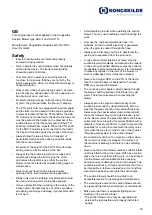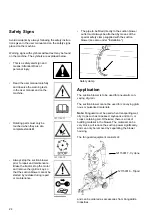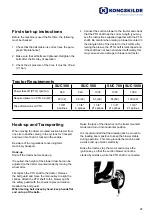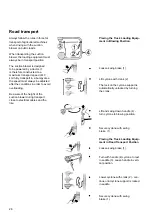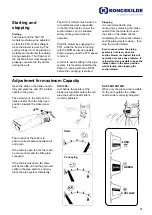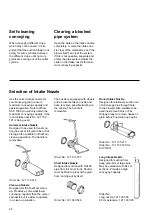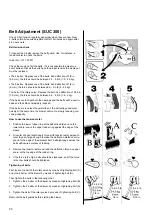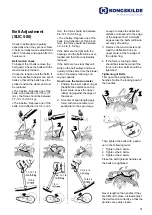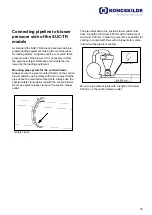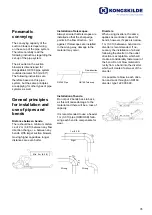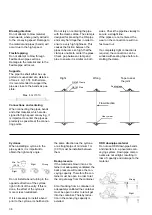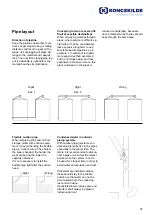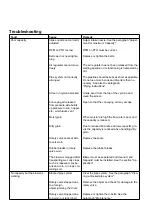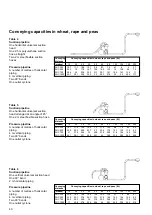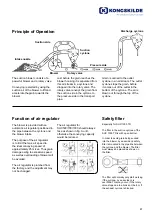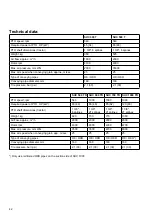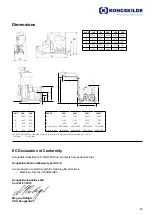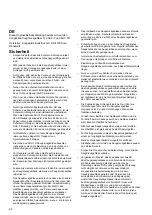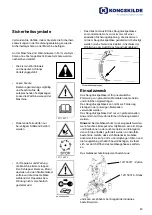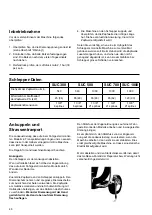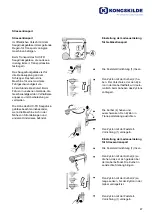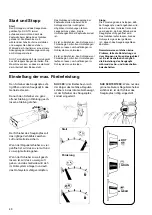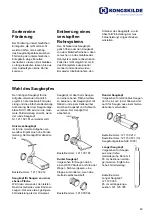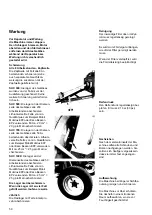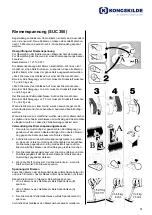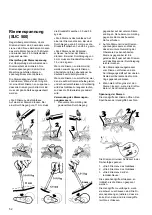
37
Pipe layout
Direction of pipeline
Keep the pipeline horizontal or ver-
tical. Longer sloped rising or falling
distances will result in wear on the
pipes, risk of plugging of pipes, da-
mage to the material and capacity
loss. The only time sloping pipe lay-
out is advisable is right before the
material reaches its destination.
Conveying to two or several dif-
ficult accessible destinations
When conveying material through
areas, where service is difficult, e.g.
high silos, it can be considerably
less expensive long term to use
several separate pipelines, as in
example 1. Investment is slightly
more expensive than example 2,
but it is normally easier and less
expensive to make service on this
plant, and wear on the pipes is
reduced considerably, becausen
not all material for both silos should
pass through the same pipe.
Flexible suction pipe
When emptying silos and on-floor
storage plants with suction equip
-
ment, do avoid bending the flexible
pipe in a sharp curve. The sharper
the pipe is bended, the harder the
wear will be and the lower the
capacity obtained.
It is not necessary to install the
flexible pipe right after the suction
head.
Right
Wrong
Condensed water in outdoor
piping systems
With outdoor piping systems con-
densed water will arise in the pipes
especially in the winter time. The
-
refore it is recommended to discon-
nect a pipe or a bend at the lowest
points, when the system is not to
be used for a longer time in order to
avoid water accumulation and rust.
If diverters are installed outdoor,
these should stay in the middle
position so that water can not be
accumulated here thus reducing
rust and corrosion.
If possible blower, rotary valve and
diverters shall always be placed
indoor/under roof.
Right
Wrong
Eks. 1
Eks. 2
Right

